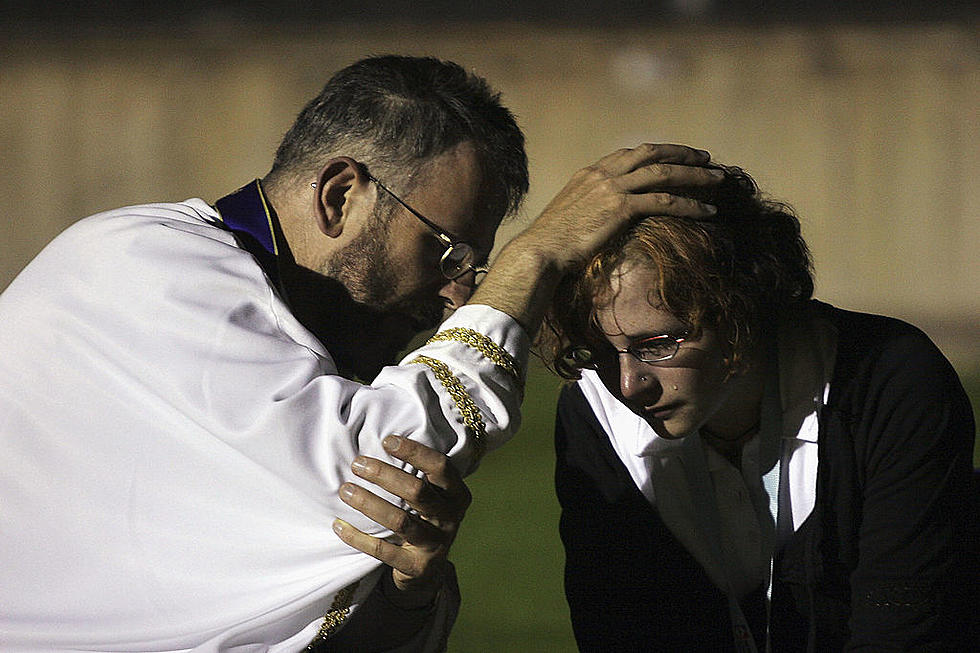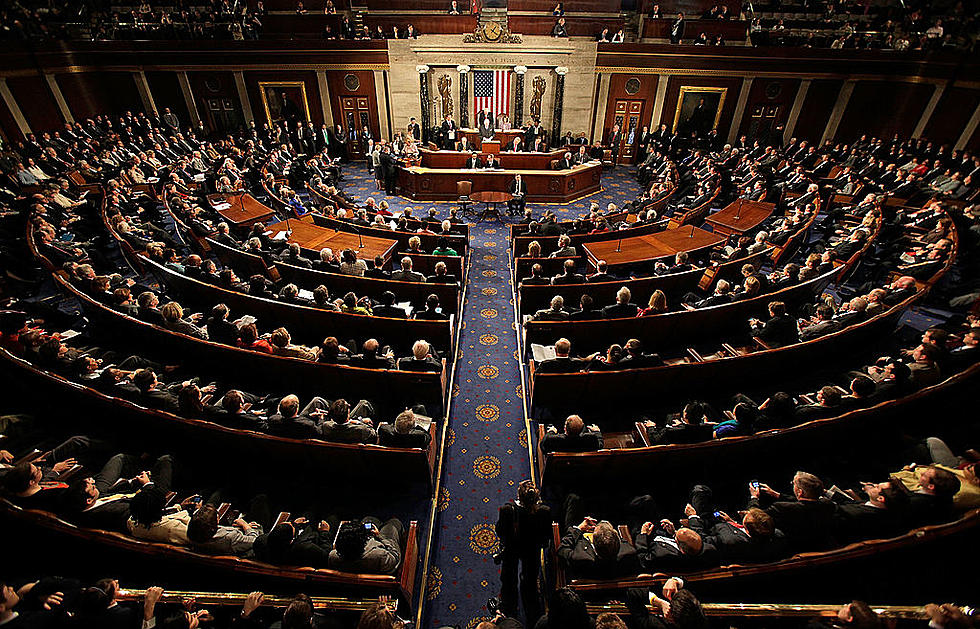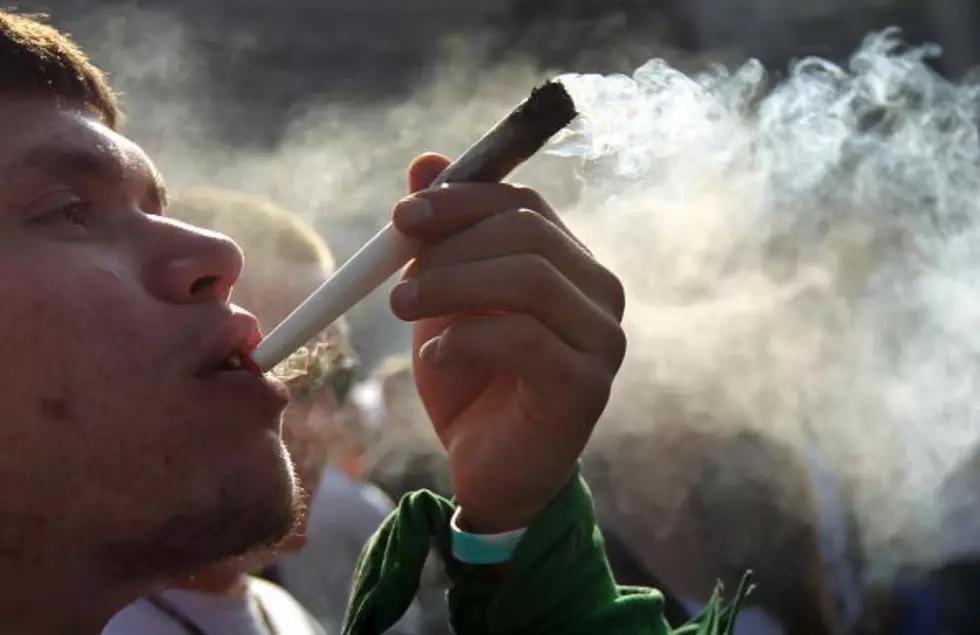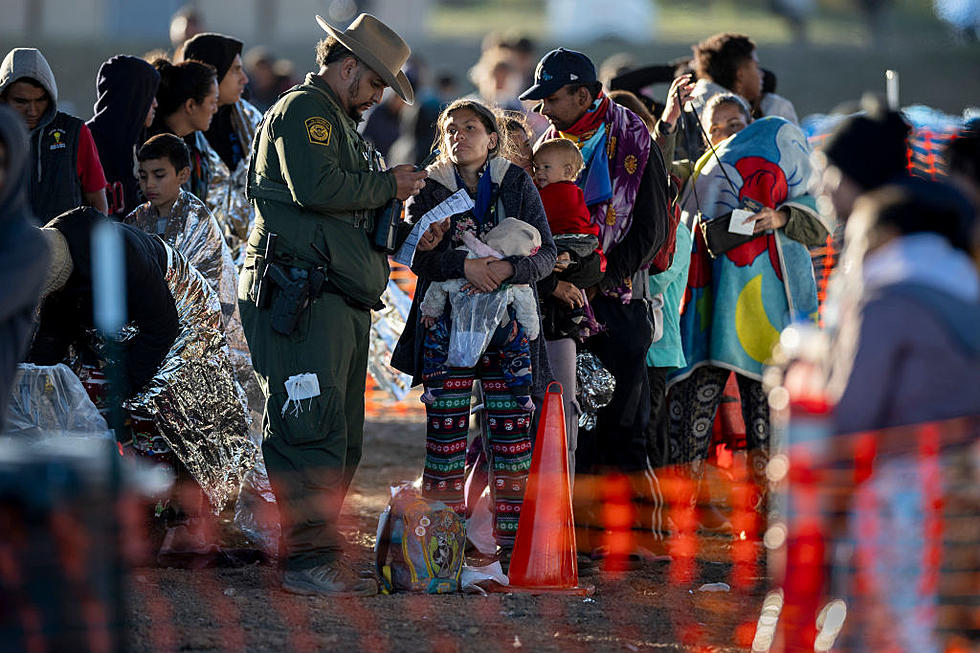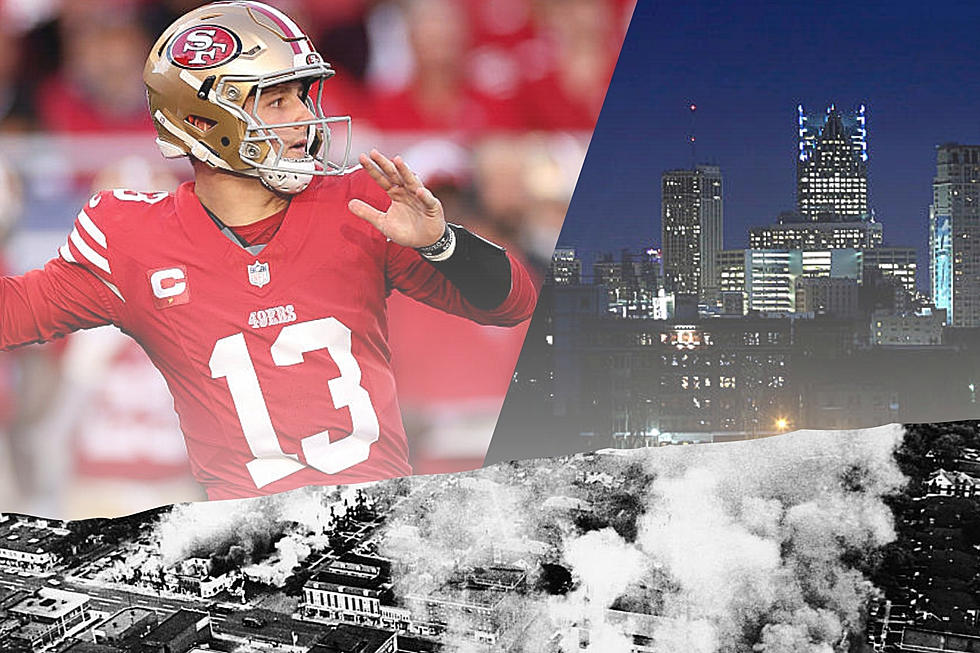
Make America Great Again – I’m With Her: Get Your Goodies Here!
What’s a presidential campaign without hats, sign, buttons and more? How knows? We’ve never had one! Turns out the idea of showing the world where you stand goes all the way back to George Washington himself!
Campaign buttons go all the way back to the inauguration of America's first president and the Curator of Political History at the Smithsonian National Museum of American History tells Racked.com that commemorative brass buttons inscribed with, "Long Live the President," surrounding the initials "GW," and were sold as souvenirs.
--Wearable-campaign gear didn't become a cornerstone of American elections until 1840. Whig party candidate William Henry Harrison branded himself with the "Log Cabin Campaign of 1840." His slogan: "Tippecanoe and Tyler Too." The reason: Harrison was a wealthy landowner, but he wanted to brand himself as a man of the people (Sound familiar?) by emphasizing that he was born in a log cabin. He was also known as a war hero at the Battle of Tippecanoe. Harrison's supporters bought all sorts of log cabin-oriented memorabilia: buttons, brooches, china, printed handkerchiefs, even whole replica log cabins to show their support! The gimmick worked. Harrison defeated incumbent Democratic president Martin Van Buren and then Harrison dropped dead 30 days after taking office from pneumonia, and his John Tyler wound up in office for the remainder of his term.
--The campaign button as we know it today was patented and mass produced in 1896, with a bunch of buttons - now highly coveted collector's items- produced for candidates William McKinley and William Jennings Bryan.
--The mid-to-late 1800s is also when hats became a big campaign thing. The original straw boater hats are distinctive for their flat brim, flat top and wrapped with a ribbon. In the 1960s, boaters complemented paper vests worn by John F. Kennedy and Richard Nixon supporters. By the 1980s, they were made of Styrofoam and plastic. Another iconic campaign hat style: Lyndon B. Johnson's Stetson cowboy hat with a silver "LBJ" badge.
--Dwight David Eisenhower's "I Like Ike" slogan takes the prize for one of the most iconic political fashion statements ever. It was plastered on everything: "I Like Ike" poodle skirts. "I Like Ike" gloves. "I Like Ike" sunglasses. "I Like Ike" embroidered panty hose! Women known as "Ike Girls" wore red-and-white, all over "Ike" printed dresses, and spun parasols outside of Madison Square Garden, where the Republican National Convention was held that year, and continued to wear those dresses at rallies, too. Thanks to fashion, Eisenhower's was the first campaign to lend galvanizing power to women in a cohesive way.
More From News Talk KIT


